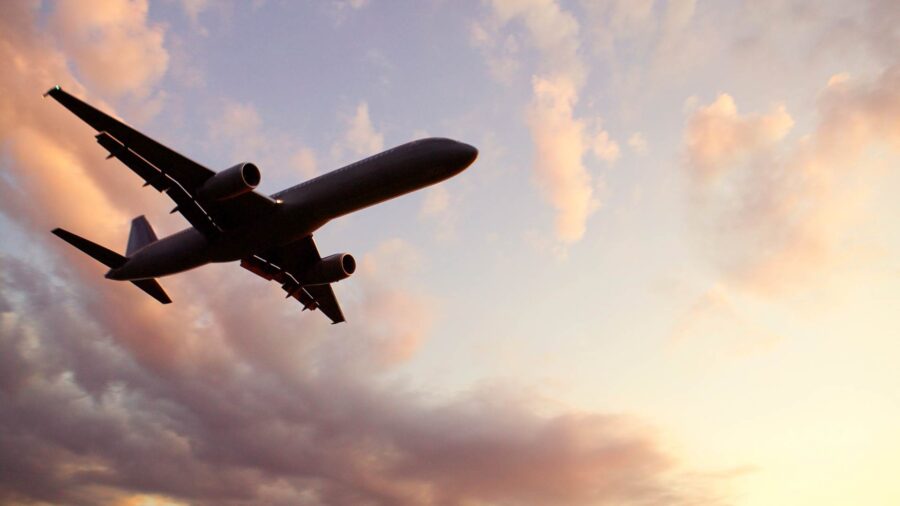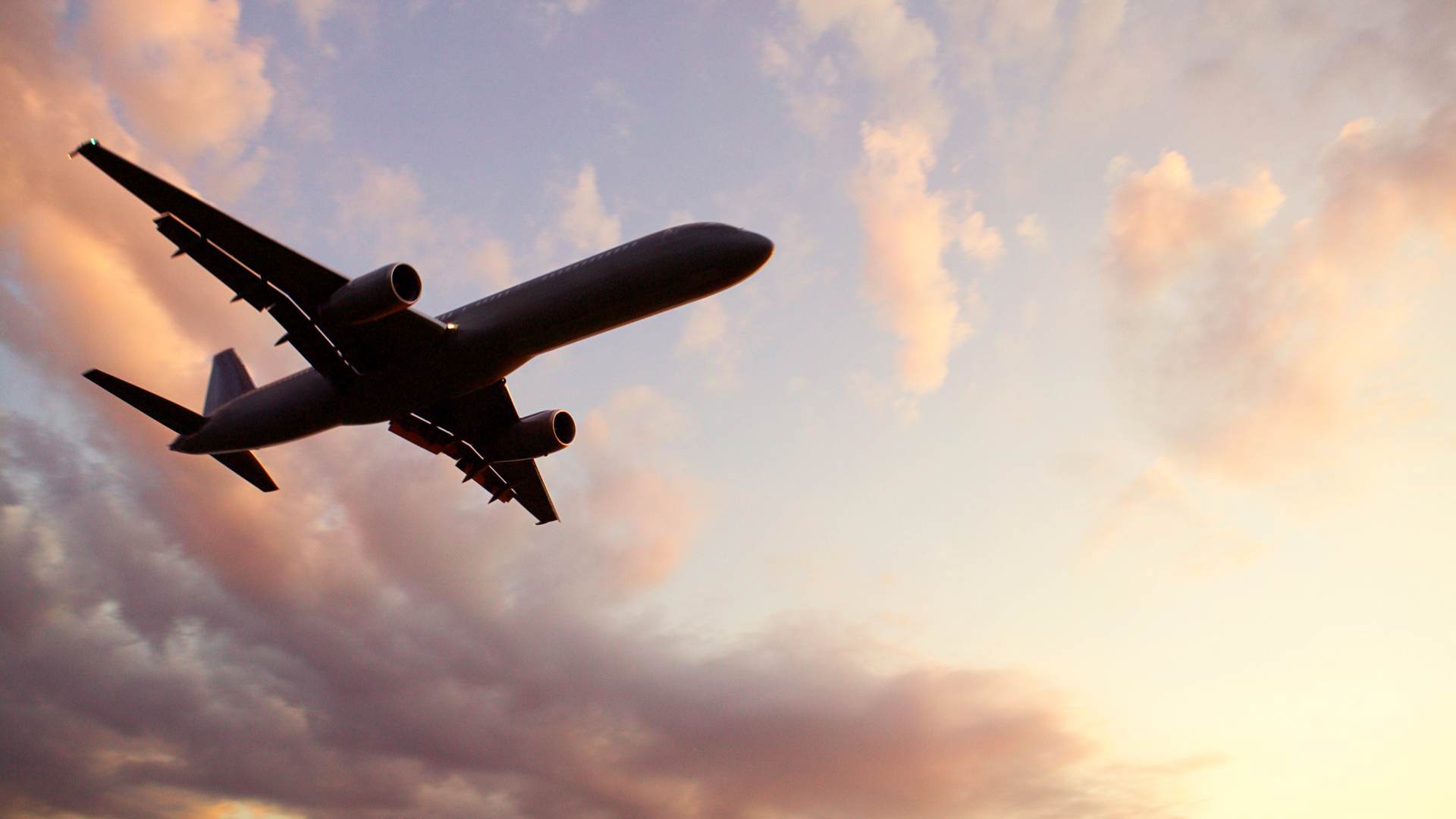
Five cool facts about airplanes you probably didn’t know
Ever wondered what the actual colour of a plane ‘black’ box is? Here are five cool facts about airplanes you probably didn’t know…

Airplanes have revolutionized travel, connecting distant parts of the globe in mere hours. You travel in them all the time but have you ever stopped to really think about them? Here are five really cool facts about airplanes…
1. Black Box Recorders
Despite their name, airplane black boxes are actually bright orange to make them easier to locate after an accident. These super important devices consist of two main components: the Flight Data Recorder (FDR) and the Cockpit Voice Recorder (CVR). The FDR captures various flight parameters, while the CVR records the conversations and sounds in the cockpit. Together, they provide invaluable data for investigating and understanding the causes of aviation incidents.
2. Winglets save fuel
The small, vertical fins at the tips of airplane wings, known as winglets, are a remarkable advancement in aerodynamics. Winglets reduce drag by minimizing the turbulence created at the wingtips, leading to improved fuel efficiency. This simple yet effective design can save airlines millions of dollars in fuel costs each year. By cutting down on fuel consumption, winglets also contribute to reducing the carbon footprint of air travel.
3. Cabin pressure and humidity
When flying at high altitudes, the outside air pressure drops significantly, making it impossible to breathe without assistance. To address this, airplane cabins are pressurized to maintain an atmosphere similar to what is found at over 1 800 to 2 400 meters above sea level. The air inside the cabin is also much drier than typical indoor air, with humidity levels often below 20%. This dry environment can lead to dehydration and dry skin, which is why staying hydrated during flights is essential.
4. De-Icing systems
Cold weather poses a significant challenge for aviation safety. To combat this, airplanes are equipped with de-icing systems. These can include pneumatic boots on the wings that expand and contract to break off ice, heated surfaces on critical parts of the aircraft, and anti-icing fluids sprayed on the plane before takeoff. These measures ensure that ice does not interfere with the airplane’s aerodynamics or control surfaces.
5. Fly-by-Wire Technology
Modern airplanes often utilize fly-by-wire systems, replacing traditional manual controls with an electronic interface. In these systems, pilots’ inputs are converted into electronic signals and transmitted via wires. Computers assist in controlling the aircraft, enhancing safety, reducing pilot workload, and allowing for more precise maneuvers. Fly-by-wire technology represents a significant leap forward in aviation, combining advanced computing with human expertise to ensure safe and efficient flights.